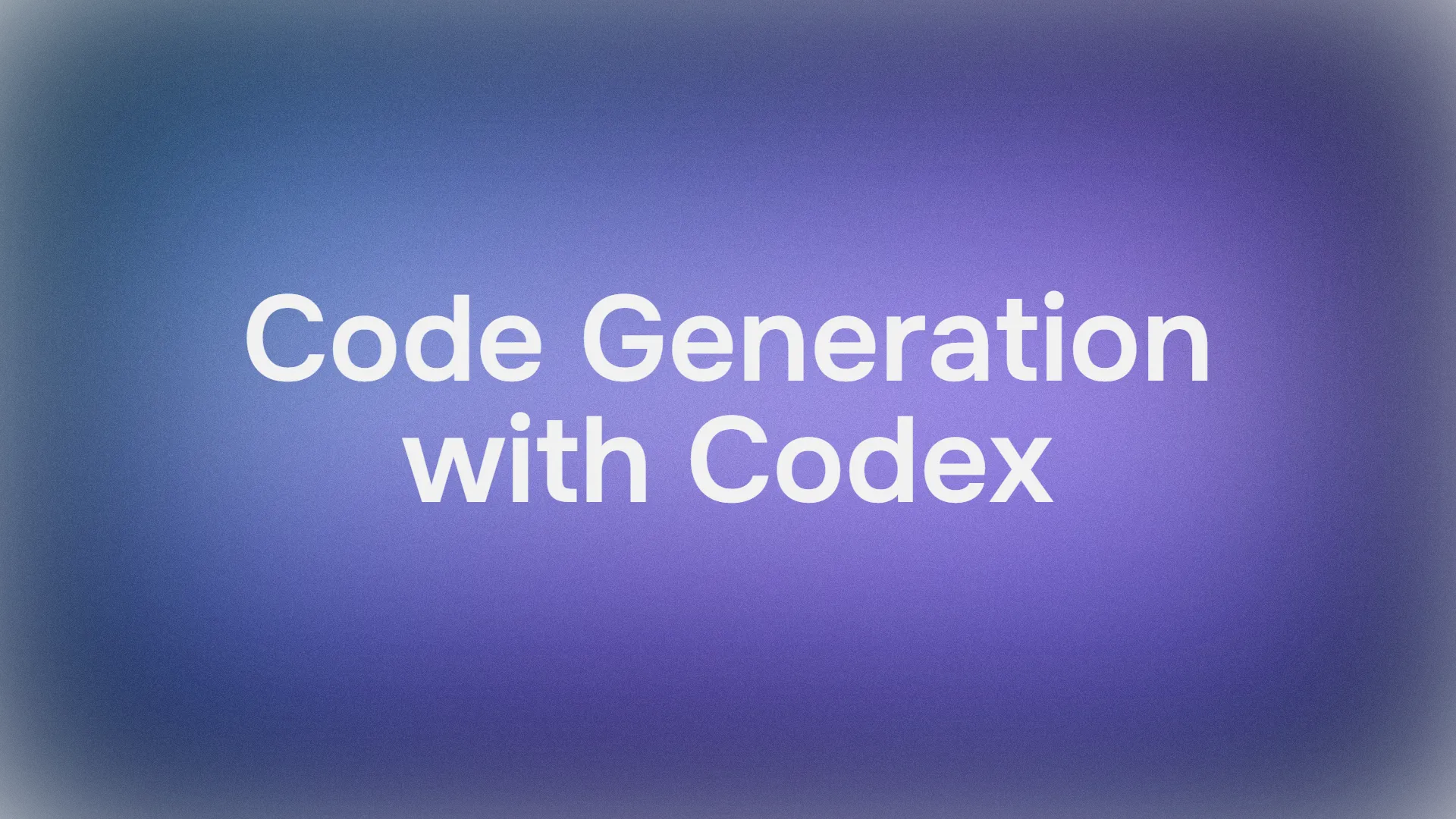Developers are constantly under pressure to deliver high-quality applications with fewer bugs. While tools like Sentry have become indispensable for error and performance monitoring, the process of debugging can still be a time-consuming and complex endeavor. However, a new paradigm is emerging, one that promises to revolutionize the way we debug our applications by seamlessly integrating the power of artificial intelligence into our development workflows. At the forefront of this transformation is the Sentry MCP Server, a groundbreaking tool that acts as a bridge between Sentry's rich error and performance data and the growing ecosystem of AI assistants and development tools.
This article will take you on a deep dive into the world of the Sentry MCP Server, exploring its capabilities, how it works, and how you can leverage it to supercharge your debugging efforts. We will cover everything from the underlying Model Context Protocol (MCP) to practical, real-world examples of how to use the Sentry MCP Server to diagnose and resolve issues faster than ever before. So, if you're ready to embrace the future of AI-powered debugging, read on to discover how the Sentry MCP Server can become an invaluable asset in your development toolkit.
Want an integrated, All-in-One platform for your Developer Team to work together with maximum productivity?
Apidog delivers all your demands, and replaces Postman at a much more affordable price!
The Rise of the Model Context Protocol (MCP)
Before we can fully appreciate the power of the Sentry MCP Server, it's essential to understand the technology that underpins it: the Model Context Protocol (MCP). In simple terms, MCP is an open standard designed to facilitate secure and efficient communication between AI models and various external data sources. Think of it as a universal translator that allows AI assistants to "speak" to and understand the data locked away in your development tools, such as Sentry, Jira, or GitHub.
The need for a standardized protocol like MCP has become increasingly apparent as AI-powered tools and assistants have grown in popularity. Without a common language, integrating AI with existing development workflows would require building custom, one-off integrations for each tool, a process that is both time-consuming and expensive. MCP solves this problem by providing a standardized way for AI models to query and interact with data from different sources, paving the way for a more interconnected and intelligent development ecosystem.
The MCP architecture consists of three core components:
- The Host: This is the AI application or assistant that wants to access external data.
- The Client: A component built into the host that "speaks" the MCP language and handles communication with the server.
- The Server: A service that exposes data from an external tool (like Sentry) in a way that is compatible with the MCP standard.
By standardizing the communication between these components, MCP enables a wide range of powerful use cases, from AI-powered code completion and automated bug fixing to natural language querying of project data.
Sentry MCP Server: Your AI's Gateway to Sentry Data
The Sentry MCP Server is Sentry's official implementation of an MCP server, providing a secure and reliable way to connect your Sentry projects with a growing number of AI assistants and development tools that support the MCP standard. In essence, the Sentry MCP Server acts as a gateway, allowing MCP-compatible clients to query and retrieve a wealth of information from your Sentry account, including:
- Issues and Errors: Retrieve detailed information about specific issues, including their title, status, level, first and last seen timestamps, event count, and full stack traces.
- Project Data: Query your Sentry projects and organizations to get a high-level overview of your application's health.
- DSN Management: List and create Sentry Data Source Names (DSNs) for your projects, making it easier to configure new applications to send data to Sentry.
The Sentry MCP Server is designed to be flexible and easy to use. It can be run locally on your development machine, giving you complete control over your data, or you can use the remote service hosted by Sentry for a more hands-off approach. This flexibility makes it easy to integrate the Sentry MCP Server into your existing development workflow, regardless of your specific needs or preferences.
Getting Started with the Sentry MCP Server
One of the great things about the Sentry MCP Server is how easy it is to get up and running. There are several ways to install and configure the server, depending on your preferred development environment and workflow.
Installation Options
- Using
uvx(Recommended): If you're a Python developer, you can useuvxto run the Sentry MCP Server without having to install it as a separate package. This is the recommended approach as it ensures you're always using the latest version of the server. - Using
pip: Alternatively, you can install the Sentry MCP Server as a Python package usingpip. This is a good option if you want to have more control over the server's version and dependencies. - Using Docker: For those who prefer a containerized approach, the Sentry MCP Server is also available as a Docker image. This is a great option for ensuring a consistent and reproducible environment, especially in team settings.
Configuration
Once you've installed the Sentry MCP Server, the next step is to configure your MCP-compatible client to connect to it. This is typically done by adding a new server configuration to a mcp.json file in your project or user settings. The exact configuration will depend on the client you're using, but it will generally involve specifying the command to run the server and any necessary arguments, such as your Sentry auth token.
Authentication
To access your Sentry data, the Sentry MCP Server needs to be authenticated with your Sentry account. This is done using a Sentry auth token, which you can generate from your Sentry organization's settings. It's important to keep your auth token secure, as it provides access to your Sentry projects and data.
Practical Debugging with the Sentry MCP Server
Now that you have a good understanding of what the Sentry MCP Server is and how to set it up, let's explore some practical, real-world examples of how you can use it to supercharge your debugging efforts.
Querying Issues with an AI Assistant
Imagine you're working on a critical bug that's affecting a large number of users. Instead of manually searching through Sentry's web interface, you can use an AI assistant integrated with the Sentry MCP Server to quickly retrieve the information you need. For example, you could ask your AI assistant:
"Show me the details of the Sentry issue with the ID 'PROJECT-NAME-123'."
The AI assistant would then use the Sentry MCP Server to query your Sentry project and retrieve the issue's title, status, level, stack trace, and other relevant information. This information would then be presented to you in a clear and concise format, allowing you to quickly understand the root cause of the bug.
Analyzing Stack Traces
Stack traces are one of the most important pieces of information for debugging, but they can often be long and difficult to read. The Sentry MCP Server can help by providing a structured and easy-to-read version of the stack trace, making it easier to identify the exact line of code that's causing the problem. You could even ask your AI assistant to analyze the stack trace and provide a summary of the error, saving you valuable time and effort.
Integrating with Your Development Environment
The real power of the Sentry MCP Server comes from its ability to integrate with your favorite development tools. For example, you can configure your code editor (such as VS Code or Cursor) to use the Sentry MCP Server to provide real-time feedback on your code. As you're writing code, your editor could use the Sentry MCP Server to check for potential errors and suggest fixes, helping you to catch bugs before they ever make it to production.
The Future of AI-Powered Debugging
The Sentry MCP Server is more than just a tool for debugging; it's a glimpse into the future of software development. As AI continues to evolve, we can expect to see even more powerful and intelligent tools that leverage the MCP standard to provide developers with a seamless and intuitive development experience.
Imagine a world where your AI assistant can not only identify bugs but also automatically fix them, create a pull request with the fix, and even deploy the fix to production. This may sound like science fiction, but with tools like the Sentry MCP Server, it's becoming a reality.
Conclusion
The Sentry MCP Server is a powerful and innovative tool that has the potential to revolutionize the way we debug our applications. By providing a secure and standardized way to connect Sentry with AI assistants and development tools, the Sentry MCP Server empowers developers to diagnose and resolve issues faster than ever before. Whether you're a seasoned developer or just starting out, I encourage you to explore the Sentry MCP Server and discover how it can help you to build better, more reliable applications. The future of AI-powered debugging is here, and it's time to embrace it.
Want an integrated, All-in-One platform for your Developer Team to work together with maximum productivity?
Apidog delivers all your demands, and replaces Postman at a much more affordable price!



